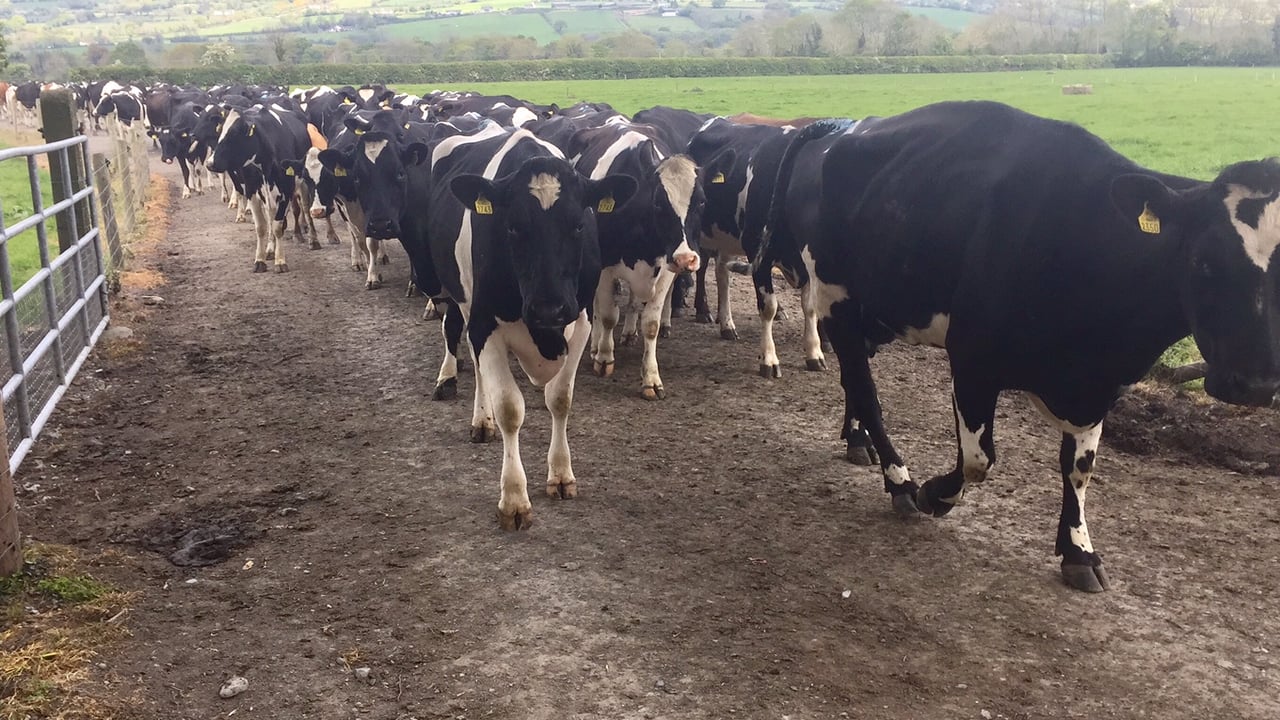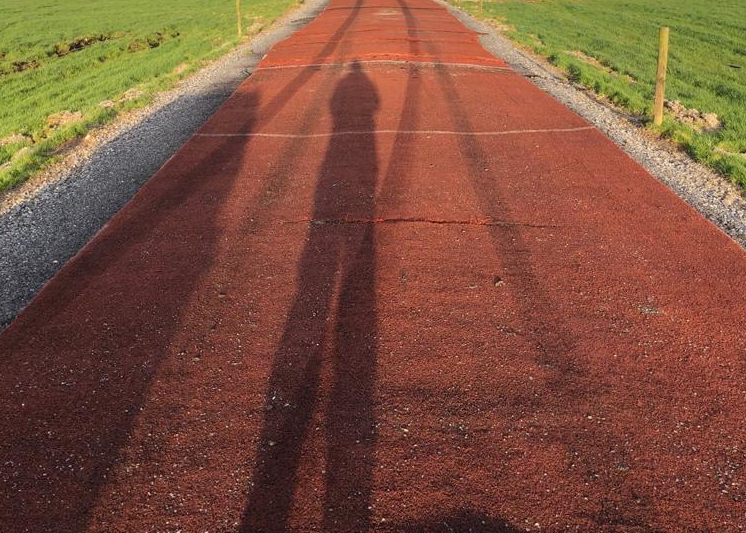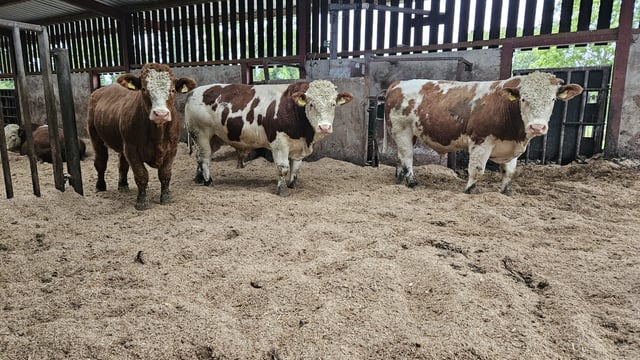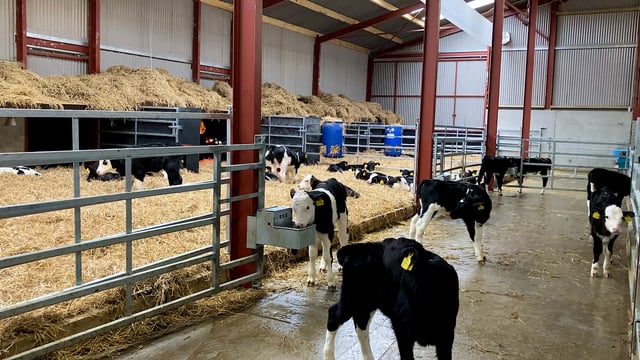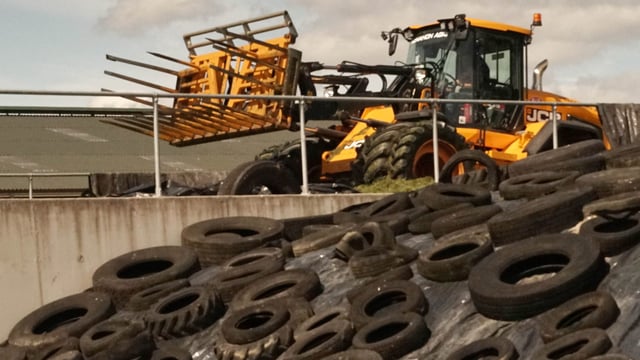Controlling lameness as autumn risks arise
Lameness issues often escalate in the late lactation and moving into the autumn months as conditions and weather slowly begin to deteriorate.
It is not only the weather and the conditions that increase the risk of lameness at this time of the year. Often cows undergo longer walking distances to silage ground and other areas of the platform to increase the rotation length and build covers.
In addition, falling leaves and debris from trees and hedges make roadways a bit messier, all while the cows are getting heavier in calf as they enter the last trimester of pregnancy.
Every effort must be made to maintain roadways, soften sharp turns, keep collecting yards clean, and stay on top of hoof health over the coming months to ensure cows stay healthy, keep producing top quality milk and calve down next spring without any lameness issues or condition loss.
The dry and good conditions over the summer has made life a lot easier from a lameness control point of view, but heavy rain throughout September has changed the landscape and an extra focus will be needed to ensure lameness cases do not spike this autumn.
Lameness
A Teagasc study found that lameness is in the region of 9% on Irish dairy farms and is at its highest during autumn time.
It also showed that cows with problems in the spring were 10 times more likely to become lame again in the autumn.
If any farm has more than 5% of its cows lame at any one time, it should be considered a herd-level problem, as recent studies show that lameness on Irish dairy farms cost in the region of €5,000 per 100-cow herd/annum at a prevalence of 5%.
In a grazing herd, the lameness issues that arise the most are mechanical lameness issues such as bruising, white line disease, and ulcers, rather than infectious diseases such as mortellaro, foul in the foot, or other infections.
Controlling mechanical lameness starts with the farm roadway network and ensuring conditions are suitable for cows that are walking ling distances every day.
Any build-up of soil along the verges of roadways should be removed to ensure surface water can flow off the roadways as standing water, poorly drained areas, and broken surfaces are all problem areas that can cause major lameness issues on farms.
Small pebbles and grit are the main cause of white line disease and if they are identified upon hoof trimming, then there is an issue there that has to be rectified.
Areas of high risk along the roadway should be resurfaced with the base and drainage repaired in advance - high traffic areas or areas of congestion and areas of tight turning should be paved with rubber mats or astroturf to prevent white line disease.
The collecting yard should have adequate space with a minimum of 1.5m2/cow, all in an effort to improve cow flow and reduce stress on cows' feet.
Cows that were treated during the spring should be drafted for selective trimming over the next few weeks, as lameness is a repeat offender problem.
Foot bathing should be done on a regular basis over the coming months as even though it will not solve mechanical issues, it will improve hoof conditions and control infections.
The cows will be using less travelled roadway networks when accessing silage ground and other ground opened for autumn, so farmers need to give extra time to get them in for milking, allowing them to travel to the parlour in their own time.
A worthy investment might be the likes of a batt latch or any automatic paddock opening systems to allow the cows come in on their own time and save the farmer time and labour getting in the cows twice a day.
Most farmers will be buffer feeding silage at this time of the year to fill the grass deficit, extend the grazing rotation, and build covers for next spring.
Farmers need to make sure when cows are getting buffer fed that there is enough feed space available to the herd to prevent bullying and shoving, which can lead to hoof trauma and damage.

